The World Agri-Tech Innovation Summit returned to Mexico City on October 28-29, bringing together 300+ key stakeholders to highlight Mexico’s vast agricultural potential and drive innovation, investment and collaboration across the agri-food sector.
Couldn't make it to Mexico? Join us next year and create essential connections to unlock the full potential of Mexican agriculture on the global stage.
)
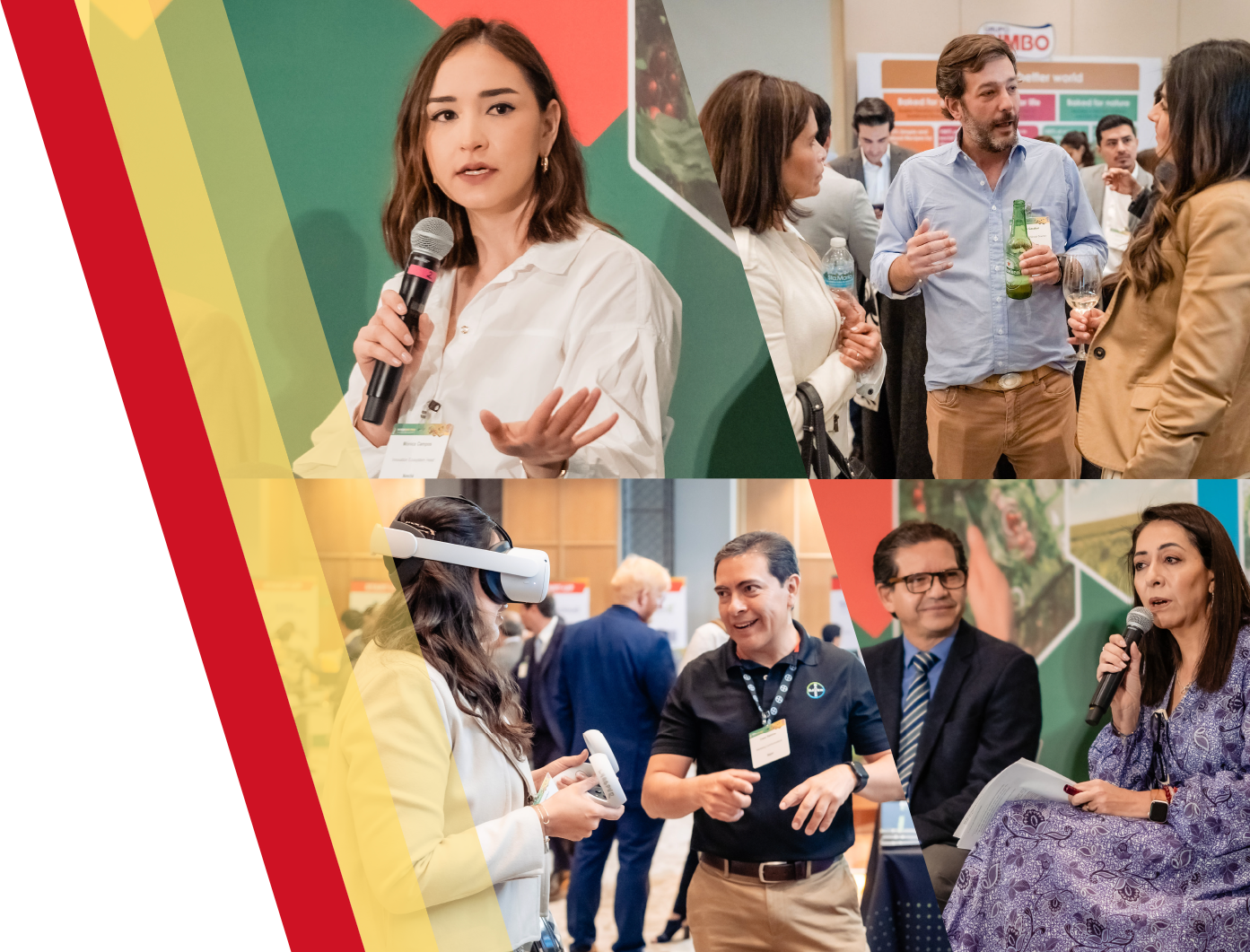
)

)

)
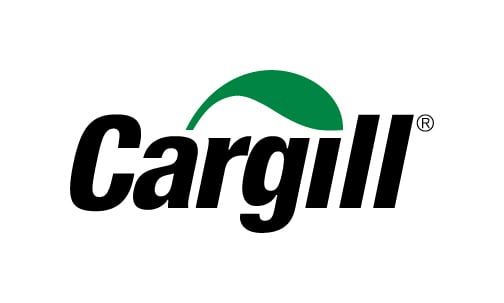
)

)

)

)

)

)

)
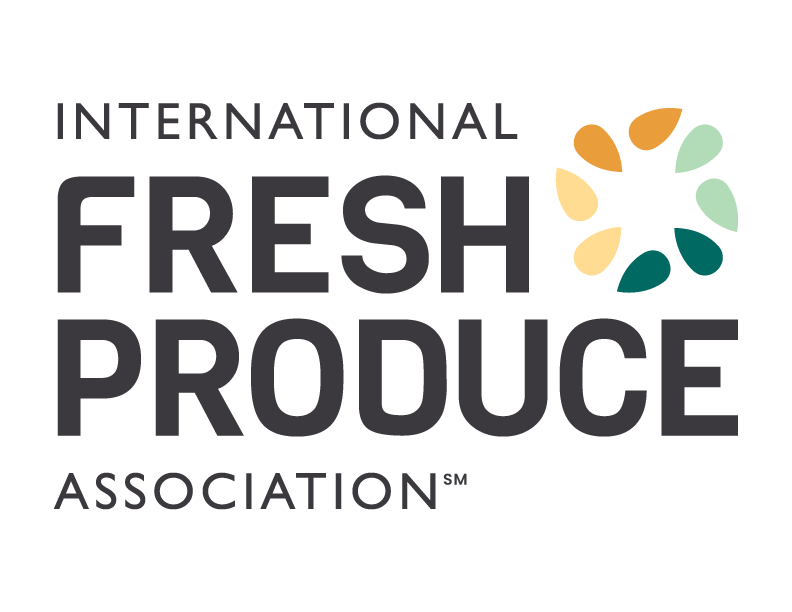
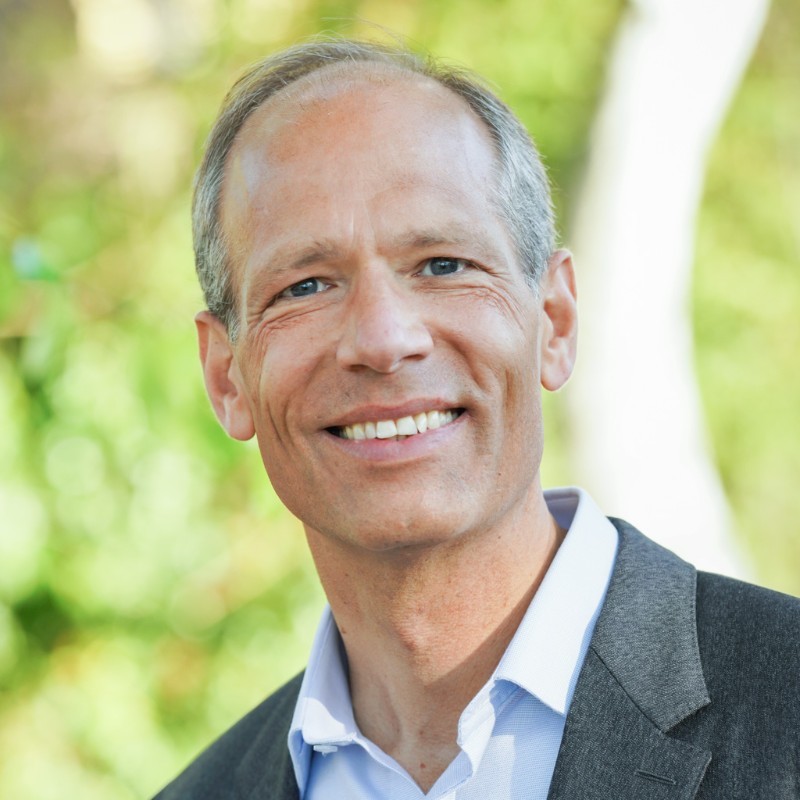
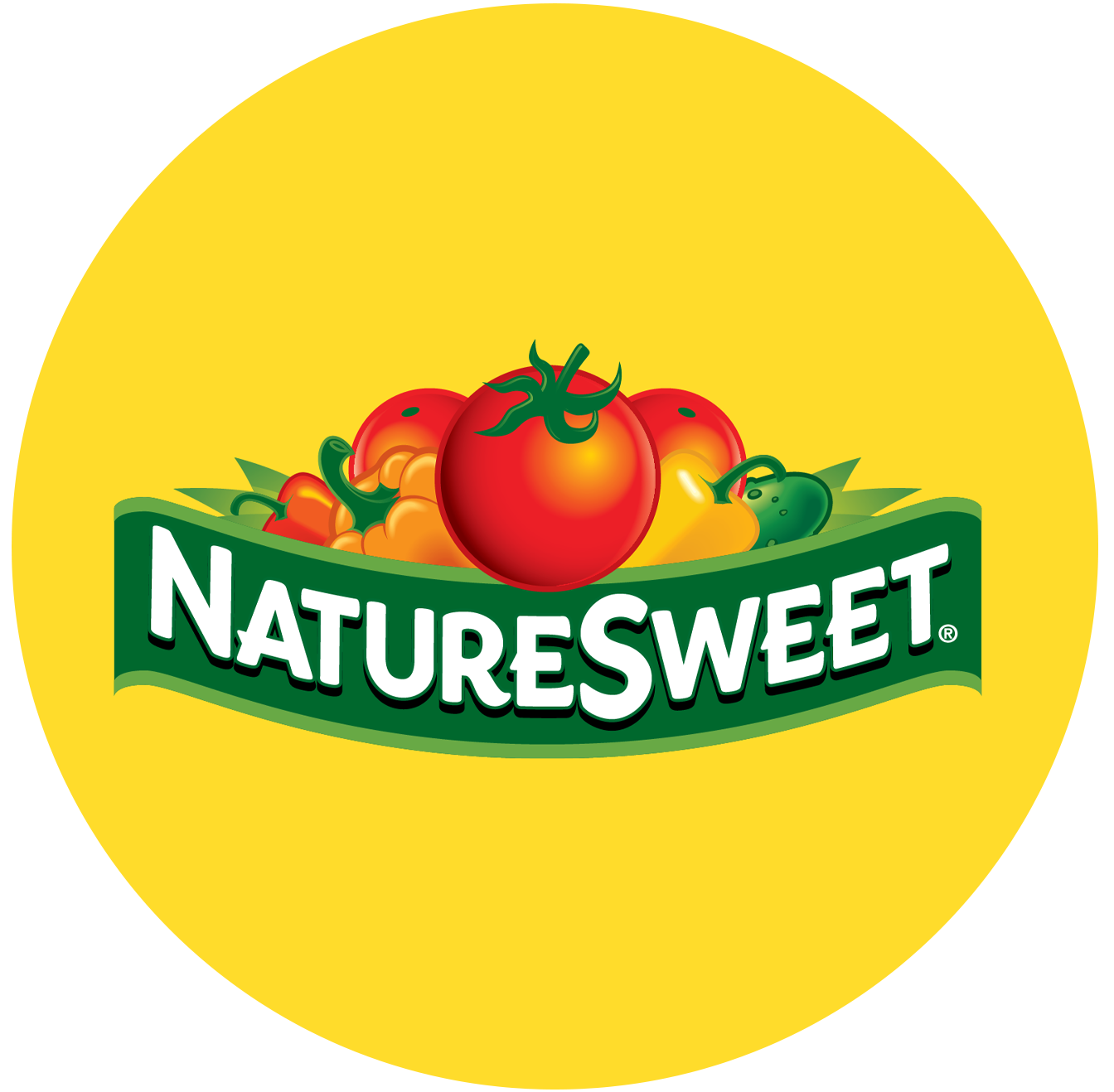
)

)
)

)

)

)

)
)
)
)
)
)
)
)
)
)
)
)
)
)
)
)
)
)
)
)
)
)
)
)
)